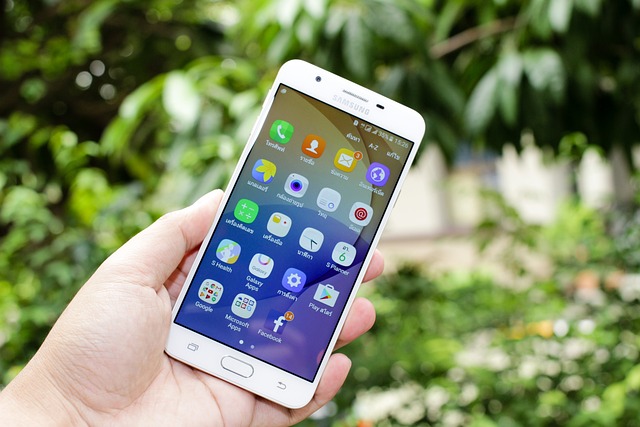Introduction
Android devices have become an essential part of our daily lives.
We use them to communicate, store personal data, access social media, and even make financial transactions.
However, with the increasing usage of mobile devices, there is also a rise in mobile security threats.
Therefore, it is important to take measures to secure your Android device.
In this blog post, we will provide you with some useful tips on how to be secured in your Android device.
-
Keep Your Device Updated
The first and foremost step in securing your Android device is to keep it updated with the latest security patches and updates.
Updates often contain security patches that address any vulnerabilities in the Android operating system.
To check for updates, go to Settings > System > System Update.
-
Use a Strong Password or PIN
Another important step to secure your Android device is to use a strong password or PIN.
This will prevent unauthorized access to your device in case it gets lost or stolen.
A strong password should be at least eight characters long, and it should include a mix of uppercase and lowercase letters, numbers, and special characters.
-
Enable Two-Factor Authentication
Two-factor authentication adds an extra layer of security to your Android device.
When enabled, it requires a second form of verification, such as a code sent to your phone, to access your account.
To enable two-factor authentication, go to Settings > Security > Two-Factor Authentication.
-
Install Antivirus Software
Installing an antivirus app on your Android device is also a good way to protect against malware and other security threats.
Antivirus apps scan your device for malicious software and alert you if any threats are found.
Some popular antivirus apps for Android include Norton Mobile Security, Avast Mobile Security, and McAfee Mobile Security.
-
Be Careful When Downloading Apps
Be careful when downloading apps from the Google Play Store or other sources.
Only download apps from trusted sources and read the reviews and ratings before downloading.
Some apps may contain malware or other security threats, so it’s important to be cautious.
-
Use a VPN
Using a Virtual Private Network (VPN) is another way to protect your Android device.
A VPN encrypts your internet connection and hides your IP address, making it more difficult for hackers to intercept your data.
There are many VPN apps available for Android, such as ExpressVPN, NordVPN, and CyberGhost VPN.
-
Use Secure Wi-Fi Connections
When connecting to Wi-Fi networks, make sure to use secure connections.
Avoid connecting to public Wi-Fi networks, as they may not be secure and could put your data at risk.
If you need to use public Wi-Fi, use a VPN to encrypt your connection.
-
Turn Off Bluetooth and Wi-Fi When Not in Use
Turning off Bluetooth and Wi-Fi when not in use is also a good way to secure your Android device.
When these features are turned on, your device is more vulnerable to attacks.
Turning them off when not in use can help reduce the risk of security threats.
-
Don’t Root Your Device
Rooting your Android device can expose it to security threats.
Rooting allows users to gain access to the root system of the device, which can bypass security measures put in place by the manufacturer.
It is best to avoid rooting your Android device, as it can lead to security vulnerabilities.
Conclusion
Securing your Android device is essential to protect your personal data and sensitive information.
By following the tips outlined in this blog post, you can help protect your Android device from security threats.
Remember to keep your device updated, use a strong password or PIN, enable two-factor authentication, install antivirus software, be careful when downloading apps, use a VPN, use secure Wi-Fi connections, turn off Bluetooth and Wi-Fi when not in use, and avoid rooting your device.
